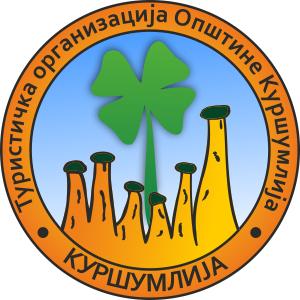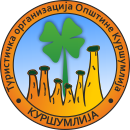Kuršumlija – basic information and geographical location
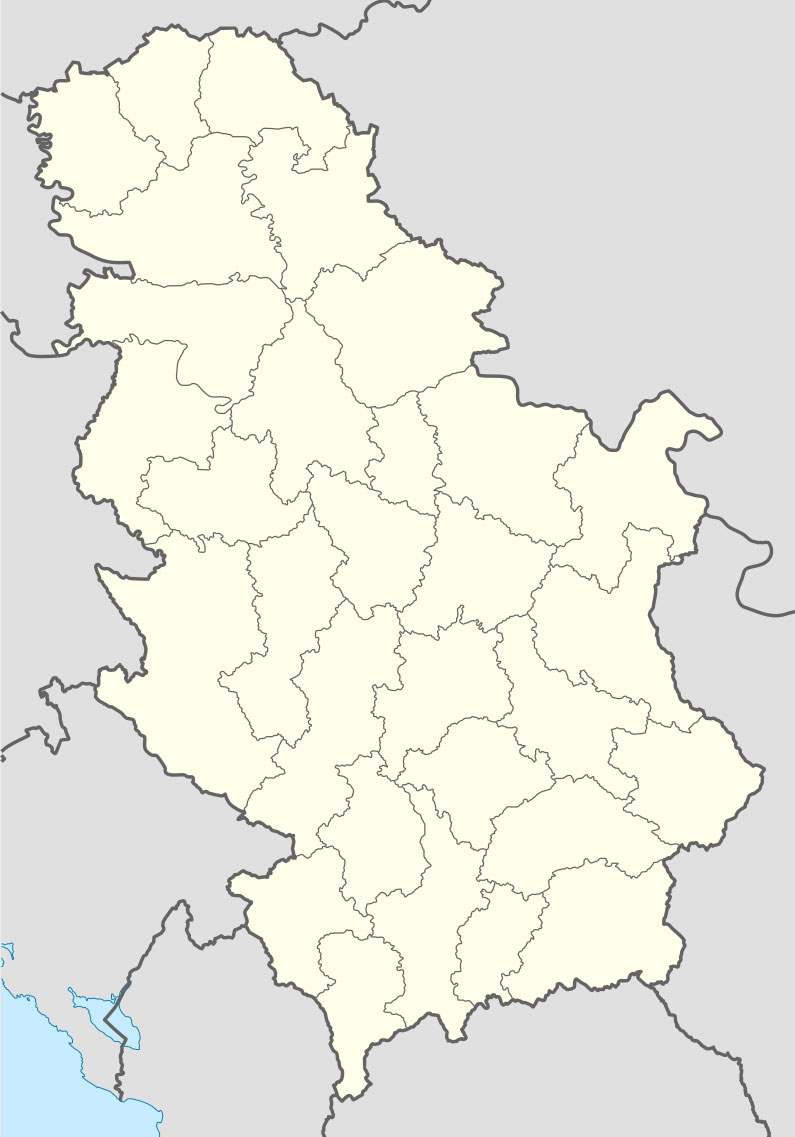
Kuršumlija is located in the central part of southern Serbia and territorially belongs to the Toplica district. It covers an area of 952 km2. The town is located on the edge of the Kuršumlija valley and is surrounded by numerous hills. It covers the upper basin of the river Toplica and its tributaries – Kosanica and Banjska, and extends on the southeastern slopes of Kopaonik and the northwestern slopes of Mount Radan.
An important highway and railway line Niš – Prokuplje – Kuršumlija – Kosovo Polje passes through the valley of the rivers Toplica and Kosanica. Through the neighboring municipality of Blace, Kuršumlija is connected by road with Brus, Kopaonik, Kruševac and Belgrade.
The center of the municipality is the town of Kursumlija, which is located at 386 m above sea level and lies on three rivers – Toplica, Banjska and Kosanica. On the territory of the municipality of Kursumlija, there are three spas – Lukovska Spa, Kuršumlija Spa and Prolom Spa, as well as a world attraction and natural asset of exceptional importance – Devil’s Town. It is 296 km away from Belgrade, 73 km from Leskovac, 71 km from Kruševac and 61 km from Priština. The relief is mountainous, and the climate is temperate continental.
Historical context
The natural features of the Kursumlija region – hot springs, mineral wealth, mild climate, fertile land, rich forest hills, pastures and favorable geographical position, were good conditions for the population of this region during the prehistoric period, as evidenced by archaeological finds and remains of Neolithic settlements.
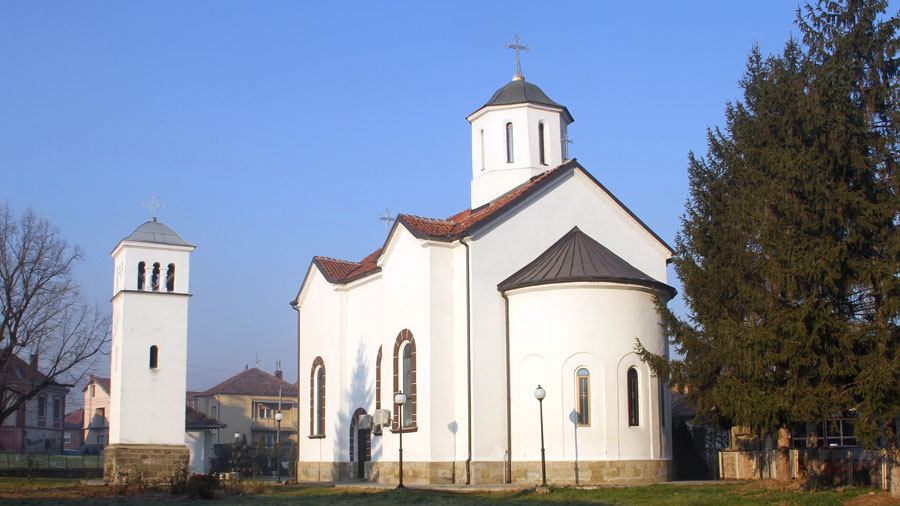
Church of the Holy Trinity in Kuršumlija, built in 1902
During the period of the Roman Empire, a significant settlement called “Ad Fines” (translated: “In the end”) was created on the site of today’s Kuršumlija. This settlement established as a station along the famous Roman road Niš – Lješ and marked the last point that was administratively covered by the city territory of ancient Naissus. Numerous archeological artifacts testify to the rich ancient heritage of Kursumlija: money, levers, tombstones and votive monuments, milestones, weapons, utensils, the remains of a necropolis and a tomb in the churchyard of the monastery of St. Nicholas. An important Roman settlement and health resort also developed in the area of today’s Kuršumlija Spa, which in Roman times was called Aqua Basianarum. There is no doubt that in this ancient spa, more affluent Romans were treated for gout, as some monuments also testify.
During the Byzantine domination, a large number of fortifications and churches were built around Kuršumlija. The settlement was named Toplice, which was first mentioned in 1019 in the charter of the Byzantine emperor Vasilije II Bugaroubica.
During the second half of the 12th century, Toplica was ruled by Stefan Nemanja as a share prince. In the period from 1159 to 1168, he will build his first two monasteries dedicated to St. Nicholas and the Holy Mother of God on the site of today’s Kuršumlija. Since the domes of these monasteries were covered with lead, which gave a brilliant reflection, the place was named White Churches (Bele Crkve). These first two monasteries were extremely important for the Serbian medieval state. In the monastery of St. Nikola was the seat of the Toplica episcopate, and a very important monastery square was developing in its immediate vicinity, where, among other things, silver ore was traded.
In the time of the Turks, the seat of the local Turkish government was located in Kursumlija, while the Serbian population was retreating to inaccessible areas. With the arrival of the Turks, the place was renamed to Kurşunlü Kilise (the Lead Church). The settlement retained this name until the liberation of the Serbian people from the Turks, when it was mentioned as Kuršumlje, and finally as Kuršumlija, after 1878.
During the first Serbian uprising, Karadjordje’s rebels held the area around Lukovska Banja for seven years and attacked Kursumlija four times, while Stanoje Glavaš liberated and held it for a short time in 1806. Kuršumlija was liberated from the Turks on January 19, 1878.
n the First World War, Kuršumlija became famous for the Second “Iron” Regiment and the Toplica Uprising of 1917, whose official leader was Kosta Pećanac. In this war, Kursumlija and its surroundings suffered great human and material losses.
In World War II, the Germans occupied Kursumlija on April 12, 1941. The Bulgarians occupied the city and its surroundings on March 25, 1942, until the liberation on August 28, 1944.
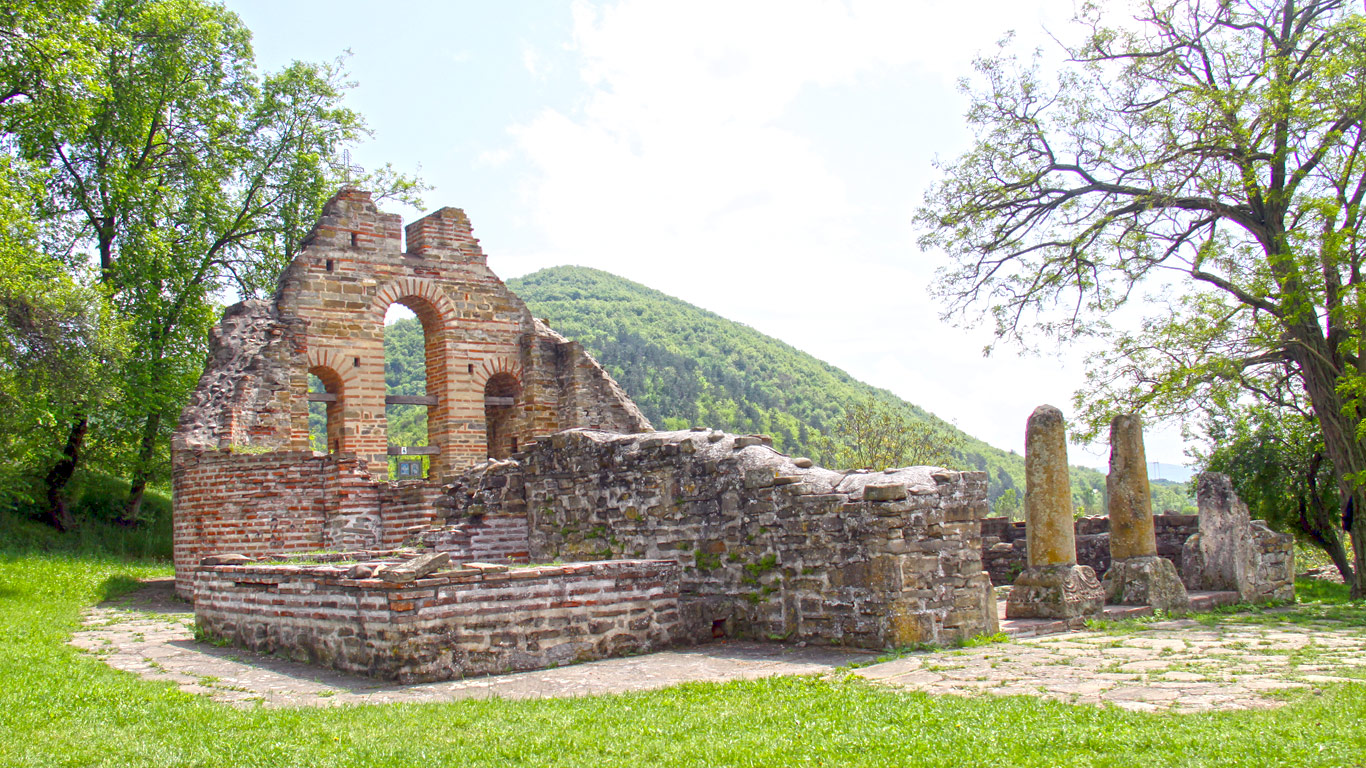
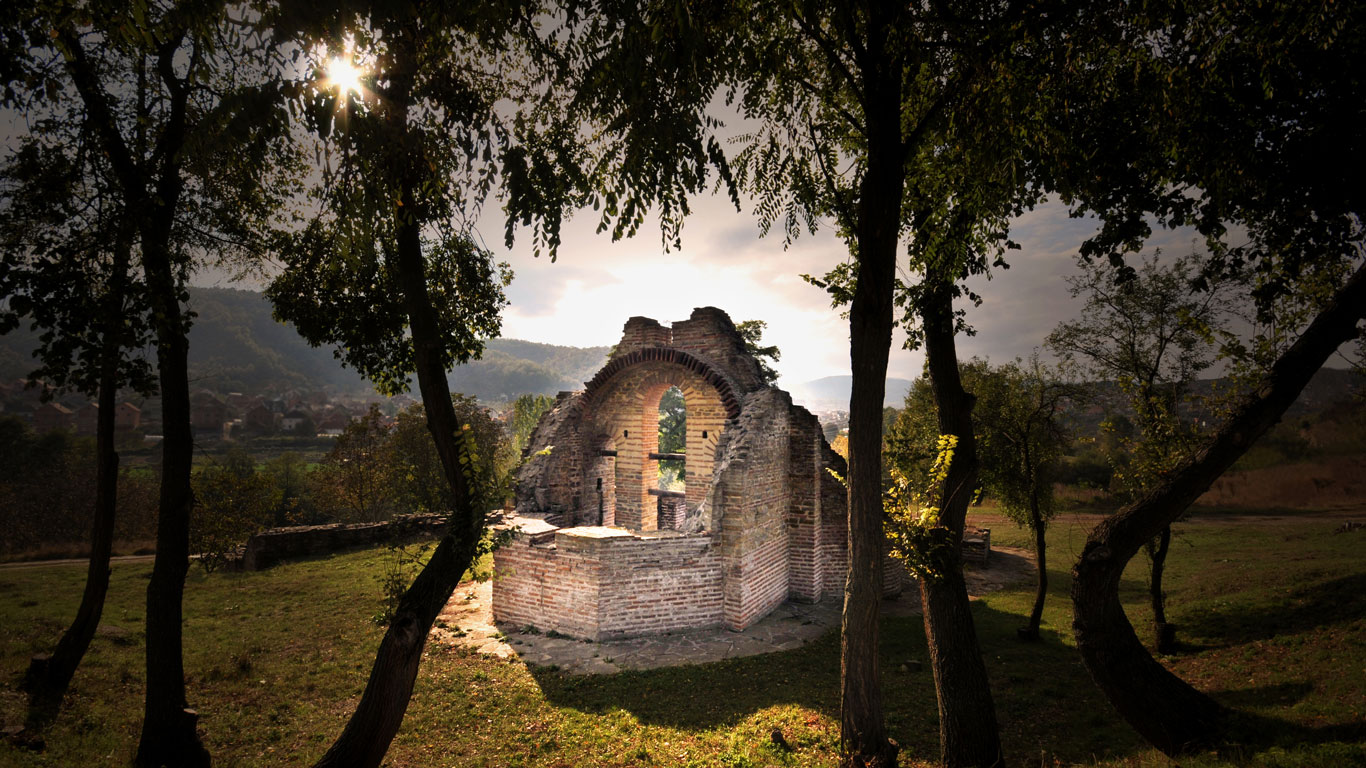
The first post office in Kursumlija was established in 1881, the first urban plan of the town was made in 1888, the hotel “Europe” was built in 1892, and the first hospital in 1903.
During the wars from 1912 to 1918, and especially in the Toplica Uprising of 1917, the only one in occupied Europe, the Kosanica district suffered great material and human losses: 2,503 inhabitants were killed, 1,955 houses and 6,954 auxiliary buildings were burned.
In the First World War, Kuršumlija was liberated on October 14, 1918.
In the Second World War, Kursumlija made a significant contribution to the liberation of the country from the fascist occupier. This area gave birth to two national heroes: Drinka Pavlović and Aleksandar Vojinović. In the Second World War, Kursumlija was liberated on August 28, 1944, on Assumption Day.
Traces of the past
Kursumlija encompasses the area of the ancient and libertarian Gornja Toplica and Kosanica, which in itself hides pages and traces of the past that are still systematically insufficiently researched.
On the site of today’s Kursumlija, there was a settlement from the earliest times called Ad Fines.
Traces of ancient civilizations have been found from Roman times: two milestones, dating from the time of Emperor Marcus Aurelius, and the money of Emperor Philip. A Roman necropolis was discovered near the church of St. Nicholas. Lead, iron, zinc, silver and gold ores were mined in the vicinity of Kursumlija. This is where the famous Roman road led, later the Dubrovnik road, by which rich trade caravans carried goods from Dubrovnik to Constantinople. Along the road, buildings were built, castles, which provided caravans from road robbers and at the same time served as a lodging and replacement of horses.
Around the hot springs of the Kursumlija spas, the ancient Romans built bathtubs in which soldiers, legionaries and church dignitaries treated gout. Traces found in Kursumlija Spa testify to that, where a high legionnaire thanks the nymphs for their healing. The surroundings of Kursumlija gained great importance in the 12th century during the time of Nemanja. White Churches are mentioned as a monastery square. Sava Nemanjić founded the Whte Churches Episcopate here, and later the Toplica Episcopate, with its seat in the monastery of St. Nicholas, where he ordained the first bishop.
The Kopaonik region was the largest ore-bearing area in the Balkans. During the reign of King Vladislav, the Saxons came here to dig ore. In the time of King Milutin and Tsar Dusan, according to previous research, more than 250 smelters of foundries and ore mints were rediscovered.
